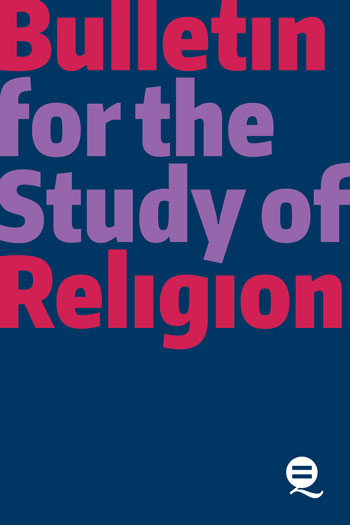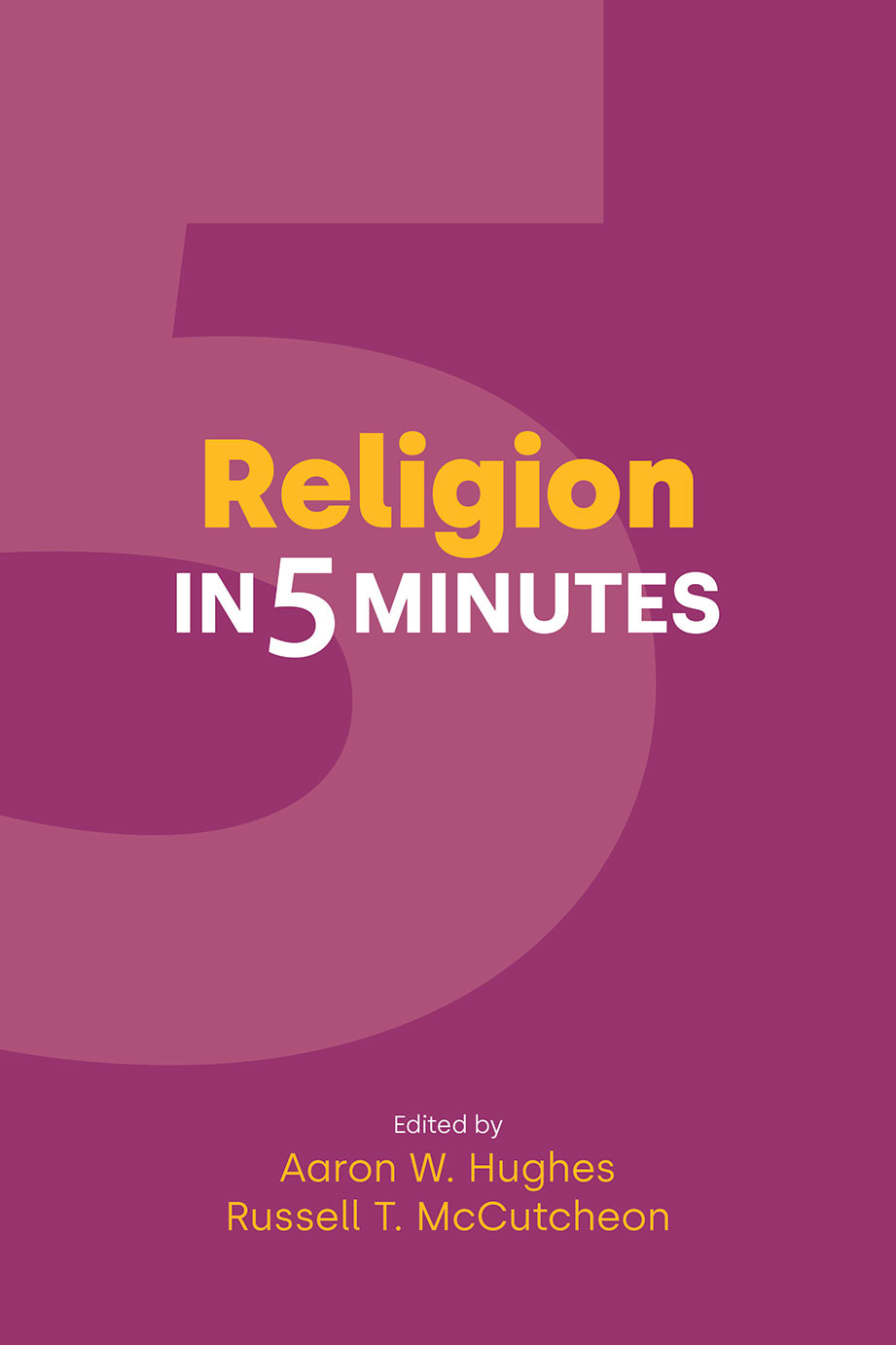Hinduism in Five Minutes
Steven W Ramey [+–]
University of Alabama
Hinduism in Five Minutes provides an accessible and lively introduction to common questions about the practices, ideas, and narratives commonly identified as Hindu. Suitable for beginning students and the general reader, the book offers more than 70 brief essays on a wide range of fascinating questions about Hinduism and its study, such as: How did Hinduism begin? How many gods / goddesses do Hindus worship? Which scriptures are important in Hinduism? Why are many Hindus vegetarian? What is the role of women in Hindu rituals? What do Hindus believe? What is caste, and why are some people treated differently because of it? How do Hindus celebrate festivals like Holi? Is yoga Hindu? What makes arranged marriage appealing to some Hindus? Do you have to be Indian to be a Hindu?
Each essay is written by a leading authority and offers succinct, insightful answers along with suggestions for further reading, making the book an ideal starting point for classroom use or personal browsing.
Because each chapter can be read in about five minutes, the books offer ideal supplementary resources in classrooms or an engaging read for those curious about the world around them.
Series: Religion in 5 Minutes
Table of Contents
Preface
General Questions
Beginnings
Graduate Division of Religion
Emory University, S214 Callaway Memorial Center
537 Kilgo Circle, Atlanta, Georgia 30322
USA
Graduate Division of Religion
Emory University, S214 Callaway Memorial Center
537 Kilgo Circle, Atlanta, Georgia 30322
USA
Graduate Division of Religion
Emory University, S214 Callaway Memorial Center
537 Kilgo Circle, Atlanta, Georgia 30322
USA
Development
Texts and Stories
Graduate Division of Religion
Emory University, S214 Callaway Memorial Center
537 Kilgo Circle, Atlanta, Georgia 30322
USA
Gods and Goddesses
Personal Practices
Department of Religion
Syracuse University
Rituals and Worship
Hindus in Relation to Non-Hindus
Contemporary Issues
End Matter

£23.95 / $28.95
Institutional
£550.00 / $700.00







